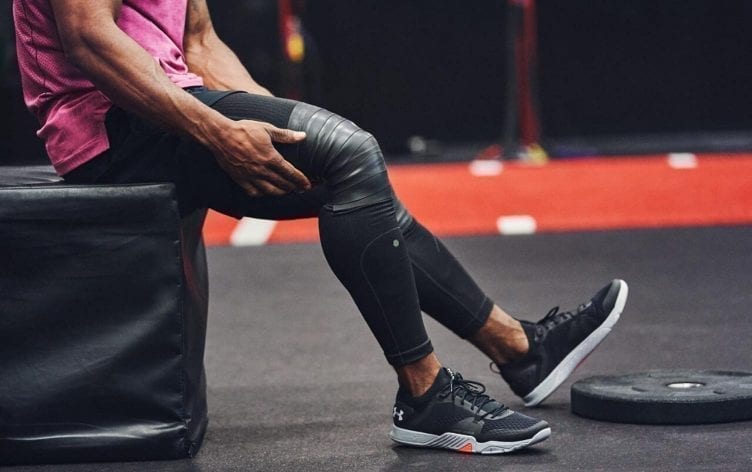
Few things feel more rewarding than finishing a workout. But just because you’ve stopped running, lifting or HIIT-ing doesn’t mean your body is done working. In fact, while you’re getting into the shower, your body is busy repairing the muscles you just broke down, helping them come back bigger and stronger.
“Between workouts is when the majority of the important stuff actually happens,” says Danny James, a strength and conditioning coach in Sydney, Australia. While it pays to know the nuts and bolts of your workouts, having some recovery know-how goes a long way.
Here, we break down what happens after your workout:
HOW MUSCLE RECOVERY WORKS
“Your workout triggers a cascade of internal events,” James says. As you work out, you create micro-tears in your working muscles, and once you call it quits, your body begins a complex process of repairing these micro-tears.
Not every workout produces enough damage to cause muscle soreness, but when it does, you’ll probably feel it 12–24 hours after your workout. Also known as delayed-onset muscle soreness (DOMS), this achy and often painful sensation is a side effect of the recovery process.
In general, the muscle recovery process happens in two phases: The initial phase (also known as the regeneration phase) and the resolution phase (also known as the remodeling phase), according to Adam Jajtner, PhD, a certified strength and conditioning specialist and assistant professor of exercise science at Kent State University in Ohio. (Technically, the actual damage to the muscle fibers is also a phase of the muscle repair process.)
Although inflammation usually gets a bad rap, it’s essential for muscle repair, according to Frank van Kouwen, a physical therapist with Orlando Health in Florida. In fact, popping a non-steroidal anti-inflammatory drug (NSAID) like ibuprofen or naproxen in the hopes of avoiding muscle soreness can break up the repair process and stall your fitness gains, he adds.
READ MORE > INFLAMMATION BASICS AND THE ROLE OF DIET AND EXERCISE
During normal recovery, helper cells known as satellite cells rush to the damaged areas to rebuild torn muscle fibers. This repair process continues so long as a messenger molecule (known generally as an inflammatory mediator) is on-hand to tell your body to restart at the end of each building cycle. However, NSAIDs may prevent inflammatory mediators from forming, which cuts your recovery — and your gains — short, van Kouwen says.
The resolution, or remodeling phase overlaps a bit with the initial phase. During this final phase, the regenerated muscle fibers finish developing, and strength levels return to normal, according to a 2016 review in the Journal of Experimental Orthopaedics.
HOW LONG DOES IT TAKE FOR MUSCLES TO RECOVER?
“The time it takes for strength levels to return to normal is typically how we measure recovery,” James says. And how long it takes your muscles to recover after exercise depends on what type of activity you did, as well as how intense your workout was.
In general, it takes 24–36 hours for your muscles to recover from endurance exercise (i.e., running and cycling), and up to 72 hours for muscles to recover from high-intensity exercise (i.e., plyometrics, heavy strength training and sprinting), according to van Kouwen.
Exercises that emphasize eccentric, or lengthening muscle contractions also cause more muscle damage — and more intense DOMS — than concentric (i.e., shortening) and isometric (i.e., static) contractions, Jajtner says. Downhill running is a prime example of an eccentric-heavy exercise, whereas cycling is concentric-heavy. Examples of isometric exercises include planks, wall sits and many yoga poses.
SHOULD YOU ALWAYS BE SORE AFTER A WORKOUT?
If your muscles are sore, it means you did more — or different — work than your body is used to. But while it’s important to keep challenging your muscles if you want to make progress, you shouldn’t go chasing after soreness with each workout. “That’s a recipe for overdoing it,” Jajtner says. “Eventually, you’ll overwhelm your body’s ability to recover.”
Not to mention, being sore all the time isn’t fun.
Muscle soreness is hard to avoid, but you can reduce the severity of DOMS by easing into a new workout program, progressing slowly, and making sure you warm up before every workout.
Unlock an experience that’s like having a dietitian, trainer and coach at your fingertips. Sign up for Premium for expert guidance and tools to help you reach your personal health goals.
















